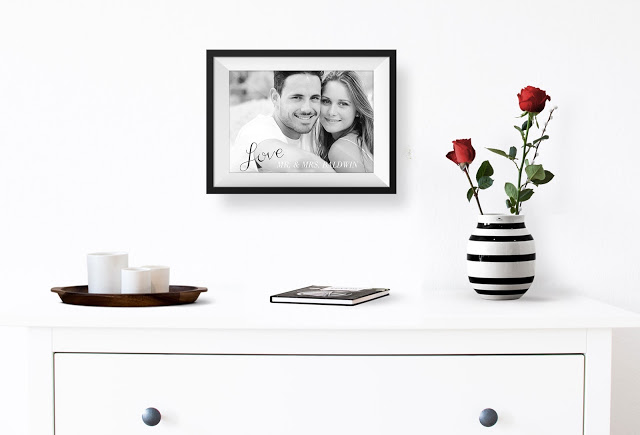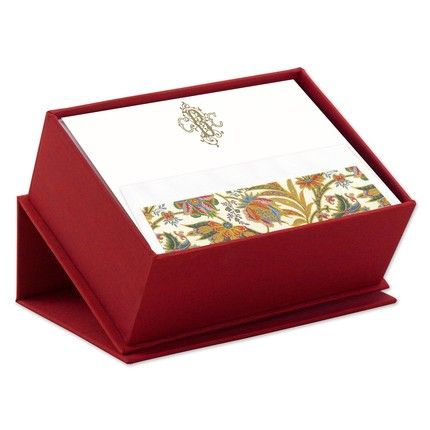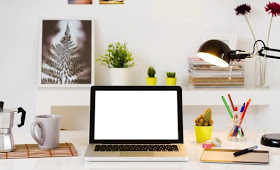By Bryn Huntpalmer
Your surroundings are as vital to your productivity as a full night of sleep and a healthy breakfast. A cluttered, dark, or bland work space may jive for some people, but most of us need a logical and aesthetically pleasing setup to get the most out of our creative energy.
Create Zones
Whether you have an entire office suite at your disposal or just a desk in the corner of your bedroom, thoughtful organization can make a world of difference. Most of us have a main workspace where the magic happens, and if we don’t keep periphery projects and supplies out of the way, sitting down to work can be overwhelming. Designate an area for upcoming projects and ideas that’s separate from what you’re working on—even if it’s as simple as the calendar of all your upcoming deadlines on a wall behind or next to you but not right in front of you. Keep all the tools you currently need within arm’s reach, but put others away in drawers or cabinets where they won’t be a distraction from your current project.
Turn your Wall into a Pinterest Board
A cluttered desk is hardly ever conducive to productivity, but a cluttered wall may be a source of inspiration. Collect ideas, quotes, artwork, and maybe even a vision statement that light your creative fire. Having tangible pieces of different sizes and textures may help spark ideas that staring at a screen just can’t.

Improve the Room
If you’re converting a room into your home design space, don’t just stick a desk and supplies in the corner and call it a day. Consider doing some home improvements that allow you to truly nest in the room. Maybe you want to paint the walls or install a kitchenette so you don’t have to walk across the house for coffee and snacks. Perhaps hardwood floors would make it easier for you to swivel from one desk to another. Or you may need some built-in storage or a brighter overhead light fixture. Consider doing whatever it takes to make this a place where the productivity flows.
Prioritize Comfort
It’s tempting to buy furnishings that work with your decor and make your workspace more stylish. But if you plan to spend hours at a desk, it’s important to follow ergonomic principles. Get pieces that are both beautiful and functional, and make sure your eyes are in line with your monitor. Think about getting a standing desk with a tall chair—that way you can switch from sitting to standing to keep things fresh.
Set up a Thinking and Dreaming Space
You can only stare at a piece of paper or a computer screen so long. Sometimes you need to relax, close your eyes, read a book, or stare out the window for the inspiration to come. Don’t pressure yourself to be working every second you’re in your design space. Instead, get a comfortable couch or armchair in the room so that you can retreat if you still want to be in a working headspace but don’t want to keep staring at a blank page. Just make sure that couch isn’t too cozy.
Switch Things Up
After a while, your brain will start to think of your pieces of inspiration and personal decor as fixtures of the room. To prevent the area feeling static, switch out the pieces on your wall and move around the picture frames on your desk. This will keep your brain on its toes with new stimuli—the perfect recipe for productivity!
Buy a Year’s Worth of Supplies
The last thing you want is to get the ideas flowing and start working, and then have to run to the store for something basic. Buying certain supplies when you need the will only waste your precious time. Instead, stock up so that you can settle in and be your most creative and efficient without worrying about small hassles. After all, making your design space exactly what you want and a place of ultimate productivity don’t have to be mutually exclusive.





